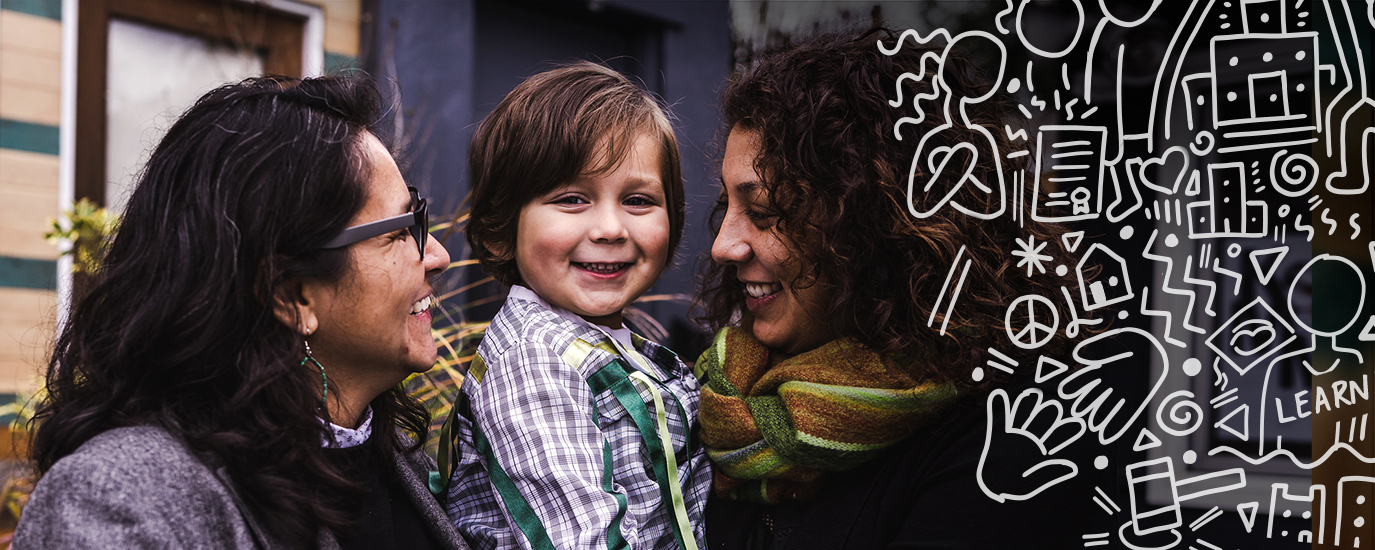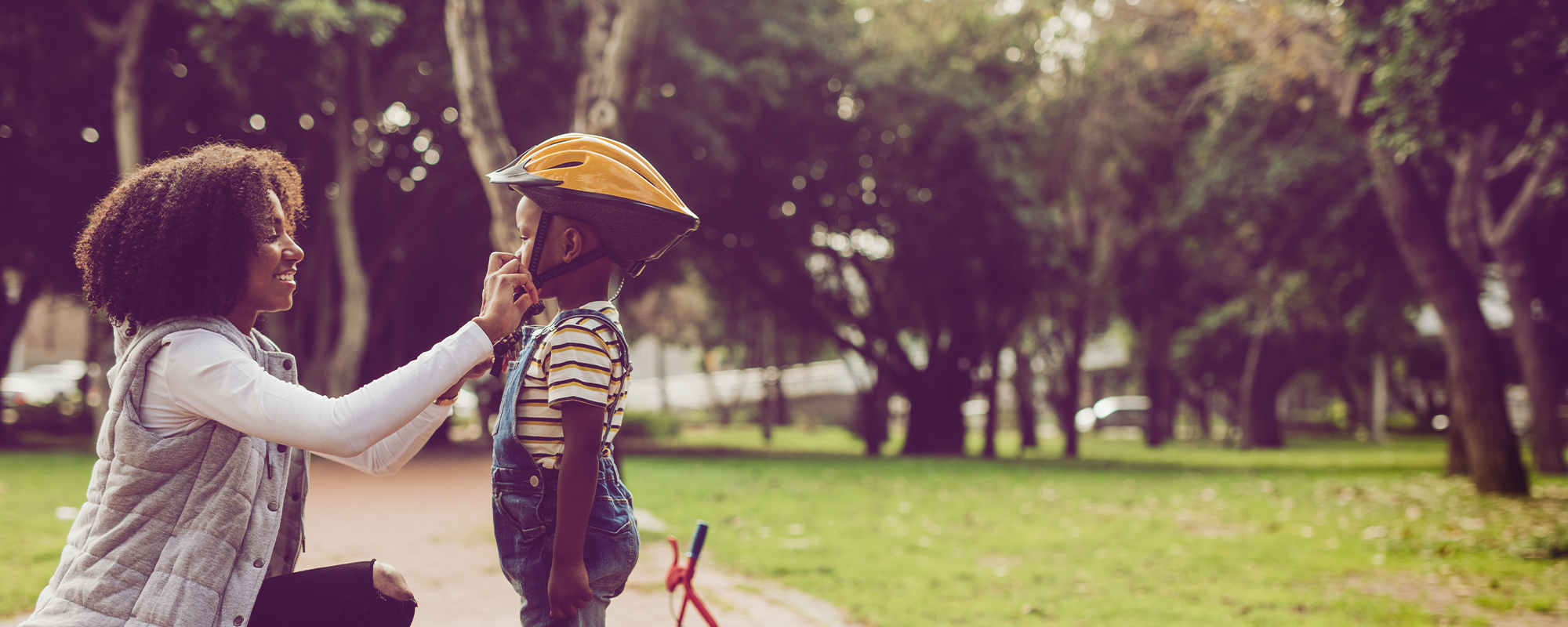
Discover the Core Concepts of Violence Prevention
Explore these resources for quick summaries on basic violence prevention information. For a more comprehensive look, consider completing the Principles of Prevention training.
8 Available
Research shows that improving the conditions in which children and families live, work, learn, and play can reduce child abuse and neglect. Learn how communities like yours are benefiting from affordable housing, universal pre-K, earned income tax credits, and other policies. Get inspired by real-life case studies, then take action with implementation ideas for each type of policy.
Child abuse and neglect affects countless families across the country, regardless of geography, ethnicity, or income. Adverse Childhood Experiences can not only harm a child while young, but have a significant impact on social and health issues later in life as an adult. Thankfully, safe, stable, nurturing relationships and environments are shown to help families thrive and prevent child abuse and neglect.
Intimate partner violence (IPV), including teen dating violence (TDV), is a major health concern for youth and adults, affecting millions of people each year in the United States. The impacts can be devastating and last a lifetime, but preventing IPV and TDV is possible.
Sexual violence is a significant public health problem in the United States. Each year, millions of women, men, and children report completed or attempted sexual acts against their will. These reports are likely underestimates because victims fear being blamed, attacked again, or not being believed. The good news is that sexual violence can be prevented.
Suicide is a leading cause of death in the United States. For every suicide, many other individuals seriously think about or attempt suicide. The effects on individuals, families, and communities can be devastating and long lasting, but preventing suicide is possible.
Youth violence affects all communities and community members. It is a leading cause of death for adolescents and young adults. The impacts of youth violence can be devastating and last a lifetime, but preventing youth violence is possible.
Social norms refer to values, beliefs, attitudes, and/or behaviors shared by a group of people. They are often based on what people believe to be normal, typical, or appropriate. Social norms can function as unspoken rules or guidelines for how people behave, and for how people are expected to behave. People generally follow social norms because they want to fit in with the people around them.
Start here to explore the world of violence prevention essentials. Go on a journey through the four steps in the public health approach to violence prevention. You’ll also learn about timing your prevention efforts, strategies to stop violence before it starts, and how factors that put people at risk for violence and protect them from it occur at every level of society. Then take a deeper dive with recommended trainings.









